Babies
Watch out for falling babies
While Joseph Figlock was walking down the street, minding his own business, he twice had a baby fall from an overhead window onto his head. It first happened in 1937, and then again in 1938.Bad luck for him, but good luck for the kids who landed on him.

Detroit Free Press - Sep 28, 1938
Posted By: Alex - Sun Sep 04, 2022 -
Comments (2)
Category: Babies, Synchronicity and Coincidence, 1930s
Lactation Cookies
'Lactation Cookies' are cookies that supposedly help to boost milk production in nursing mothers. Recipes vary, but the main ingredient seems to be oatmeal. So, they're essentially oatmeal cookies.I heard about them for the first time yesterday, but they've been around for a number of decades. The oldest reference to them I could find was in a 1974 zoo keepers journal discussing ways to increase milk production in orangutans. However, interest in them has spiked in the last decade, and there are now bakeries that specialize in making them, such as here and here.

Do lactation cookies actually work? The jury is still out on that question. Wikipedia, in its article on galactogogues (lactation inducers), notes that "Herbals and foods used as galactogogues have little or no scientific evidence of efficacy." But on the other hand, what harm can an oatmeal cookie do? And maybe they'd work via the placebo effect.
Incidentally, Guinness beer has also long been rumored to induce lactation and was often given to nursing mothers in Ireland.
Posted By: Alex - Thu Aug 04, 2022 -
Comments (5)
Category: Babies, Food, Body Fluids, Pregnancy
Jazz Emotions
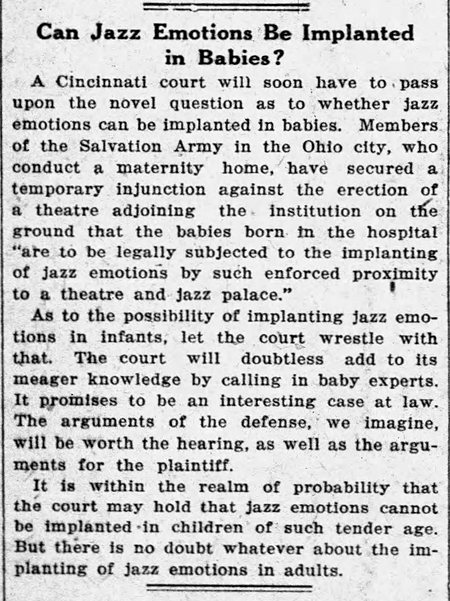
The Rock Island Argus - Feb 8, 1926
Posted By: Alex - Sun Apr 24, 2022 -
Comments (2)
Category: Babies, Censorship, Bluenoses, Taboos, Prohibitions and Other Cultural No-No’s, Music, 1920s
Peat Moss Diapers
A manual on infant care, released by the U.S. Department of Labor in 1914, recommended peat moss (aka sphagnum moss) for use in diapers:Such a pad (i.e., a pad of sphagnum moss inclosed in cheesecloth) weighing only an ounce will completely absorb and retain a quarter of a pint of urine—say as much as would be passed in the night. This is infinitely cleaner and healthier than allowing the urine to spread over a wide area of napkin and nightdress, and thus cause extensive chillding and more or less irritation of the skin. Dry sphagnum forms an extremely light, clean, airy, elastic pad, which will yield in any direction and accommodate its shape to the parts.
Those living in the country where this moss grows may find it a great convenience to pick and dry the moss for this or other domestic purposes.

peat moss
Some googling reveals that Native American tribes, way back when, would often use peat moss for diapers.
And at the Earthling's Handbook you'll find an account by a modern-day couple who used peat moss for diapers and reported positive results:
Posted By: Alex - Sat Feb 26, 2022 -
Comments (3)
Category: Babies, Nature
Good Things in Du Pont Cellophane
Things you can wrap in Du Pont cellophane: fresh fruits, vegetables, babies...Source: Saturday Evening Post, 1955 - via Hagley Digital Archives

Posted By: Alex - Fri Nov 26, 2021 -
Comments (3)
Category: Babies, Advertising, 1950s
St. Rumwold—the youngest saint
Due to the vagaries of medieval spelling, Rumwold is also known as Rumald, Rumbold, Grumbald, Rumbald, etc. The story goes that Rumwold was born in 662 and only lived for three days. But during that brief time he demonstrated the ability to speak and recited the Lord's Prayer. So, after his death, he was made a saint.
image source: .johnsanidopoulos.com
While a three-day-old saint is, on its own, odd enough, my favorite part of his story involves the picture of him that later hung in Boxley Abbey in Kent. It was used as a test of a woman's chastity. Those who were chaste would easily be able to lift the picture. But if a woman was not chaste, the picture would mysteriously become so heavy that she wouldn't be able to lift it.
The secret, unknown by those trying to lift the picture, was that it could be held in place (or not) by a wooden rod concealed behind it.
The story of the unliftable portrait is told by Sidney Heath in Pilgrim Life in the Middle Ages (1911):
His image at Boxley is said to have been small, and of a weight so light that a child could lift it, but that it could at times become so heavy that it could not be moved by persons of great strength.
Thomas Fuller, the quaint old divine, tells us that "the moving hereof was made the conditions of women's chastity. Such who paid the priest well might easily remove it, whilst others might tug at it to no purpose. For this was the contrivance of the cheat — that it was fastened with a pin of wood by an invisible stander behind. Now, when such offered to take it who had been bountiful to the priest before, they bare it away with ease, which was impossible for their hands to remove who had been close-fisted in their confessions. Thus it moved more laughter than devotion, and many chaste virgins and wives went away with blushing faces, leaving (without cause), the suspicion of their wantonness in the eyes of the beholders; whilst others came off with more credit (because with more coin), though with less chastity."
Posted By: Alex - Mon Nov 01, 2021 -
Comments (2)
Category: Babies, Hoaxes and Imposters and Imitators, Religion, Medieval Era
Howard makes clothes for men who make babies
Howard was a New York clothes store for men. The theme of their 1966 ad campaign was that they made clothes for virile men.The ad claiming that they made clothes "for men who make babies" was refused by every New York paper except the Times, which ran it once, and then never again, due to a complaint from the "Improvement of Advertising Content Committee".
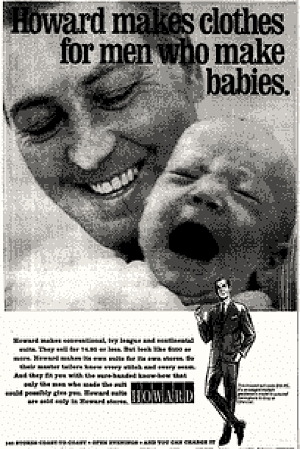
New York Times - Mar 4, 1966

NY Daily News - Mar 3, 1966
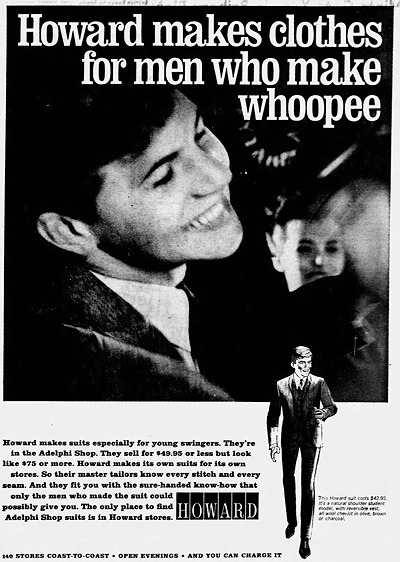
NY Daily News - Mar 24, 1966
Posted By: Alex - Sun Oct 24, 2021 -
Comments (1)
Category: Babies, Advertising, 1960s, Men
The Twilight Sleep Association
Rendering a pregnant woman unconscious in the delivery room is pretty much frowned upon nowadays, except for emergencies. But at one point, it was regarded as the newest sophistication of the birthing process.Article from 1915 here.
Modern essay here.
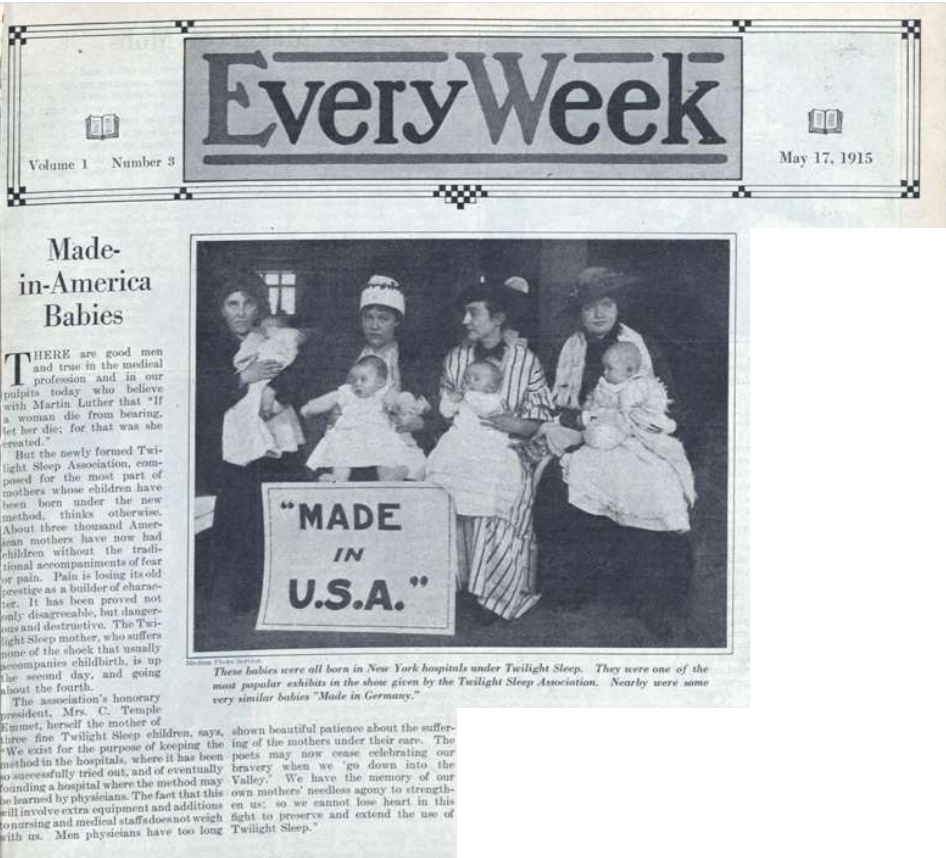
Source.
Posted By: Paul - Thu Apr 15, 2021 -
Comments (0)
Category: Babies, Medicine, Twentieth Century
Dancing on the Moon
Posted By: Paul - Wed Apr 14, 2021 -
Comments (1)
Category: Anthropomorphism, Babies, Cartoons, 1930s, Sex Lives Worse Than Yours
The Kiddie-Koop
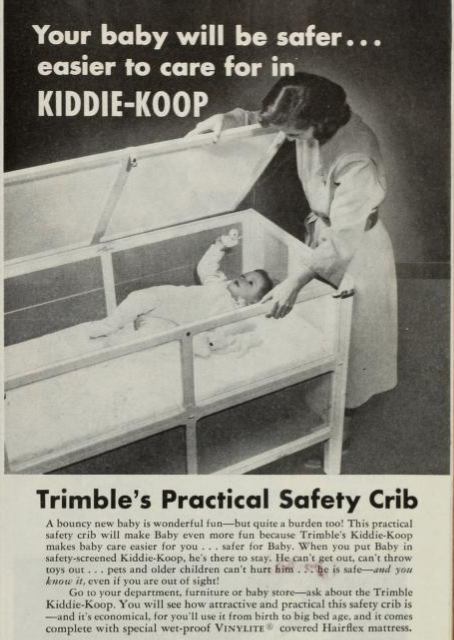
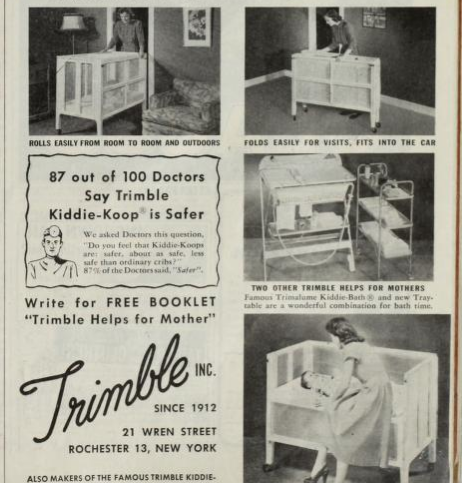
Children in cages!
Source.
Posted By: Paul - Mon Apr 05, 2021 -
Comments (2)
Category: Babies, Domestic, Inventions, Chindogu, Advertising, 1950s

| Who We Are |
|---|
| Alex Boese Alex is the creator and curator of the Museum of Hoaxes. He's also the author of various weird, non-fiction, science-themed books such as Elephants on Acid and Psychedelic Apes. Paul Di Filippo Paul has been paid to put weird ideas into fictional form for over thirty years, in his career as a noted science fiction writer. He has recently begun blogging on many curious topics with three fellow writers at The Inferior 4+1. Contact Us |




